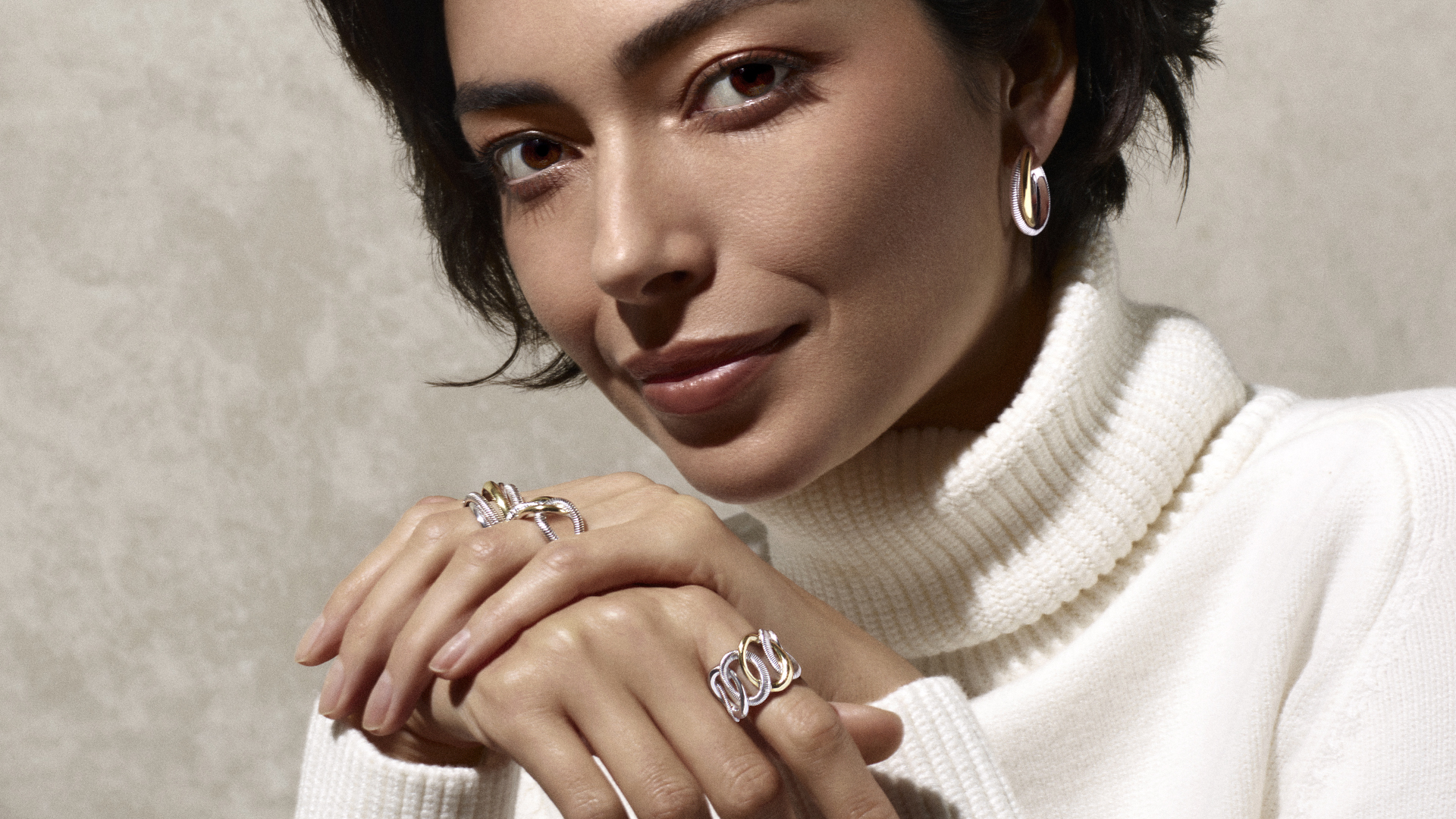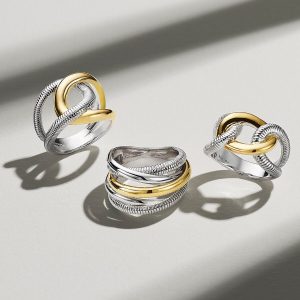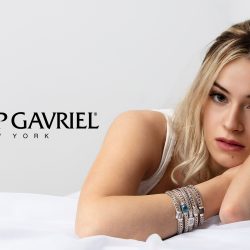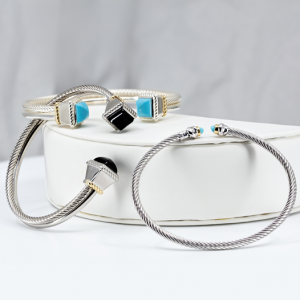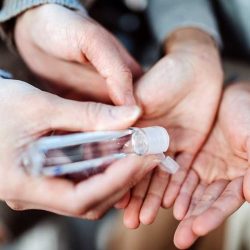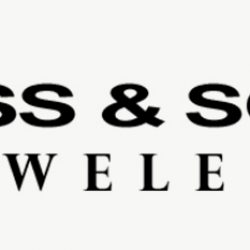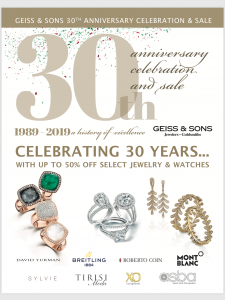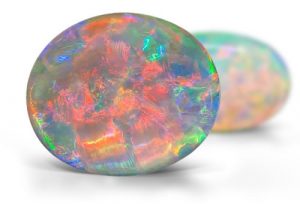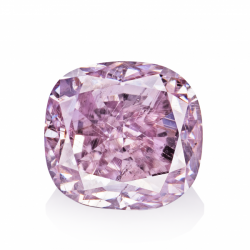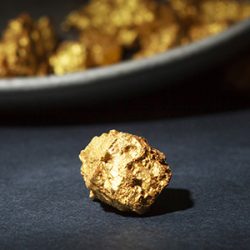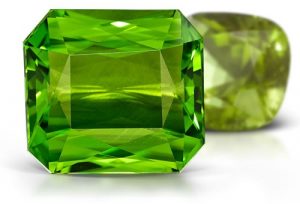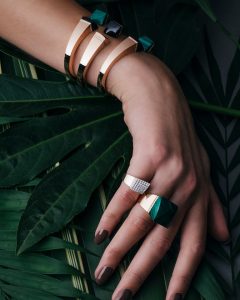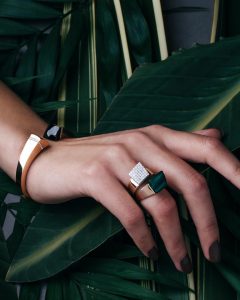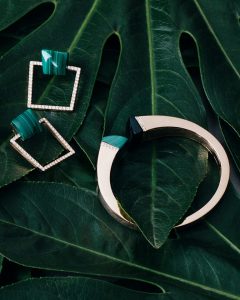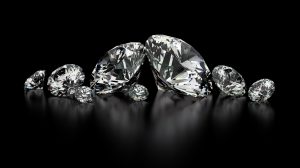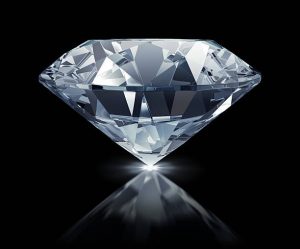I am, on the best days, a germaphobe. My obsession with keeping germs at bay went into overdrive when I became a mom, and then throw in a pandemic, and I’m considering fashioning myself a hand sanitizer holster. Oh yeah, I’d wear it.
Years ago when I worked in retail, even then I had a small bottle of hand sanitizer close at hand. I remember being told that too much could eat away at the rhodium plating on my ring (I had a white gold wedding set at that time). Still, a quick rub here and there kept my hands feeling clean, and, though my ring definitely bled yellow over time, it’s hard to know if that was the reason why—or if it was just general wear and tear.
Currently, constant hand-washing and sanitizing isn’t just for peace of mind; it’s highly recommended. I don’t even want to write the word COVID-19—I swear it echoes in my dreams. But it’s keeping us prudently cleaning our hands, and in turn, cleaning our jewelry, too—at least, the pieces we wear on our fingers.
Let me please preface this by saying that yes, you should absolutely positively wash wash wash, spray spray spray, scrub scrub scrub—whatever keeps your hands clean. Jewelry is precious, that is true, but your health is all the more so.
However, given that I’m sporting a newly redesigned wedding ring, I can’t help but wonder what I might be doing to it with my constant use of chemicals. Am I causing damage?
I always take my ring off to shower, lotion, make meatballs—you get it. Not trying to gunk up the jewels here! But I almost never take it off to wash my hands, and certainly not to sanitize. I’m betting most wearers are the same.
I spoke with Shan Aithal, a metallurgist at Stuller, to get the dirt (pardon the pun) on keeping hands—and rings—clean.
“To my knowledge, hand sanitizers are not capable of removing tough, albeit thin, rhodium that’s on a piece of jewelry,” says Aithal. “Hand sanitizers come in two varieties: alcohol-based and non–alcohol-based. The ones with alcohol are benign to jewelry items as alcohol is the main germ-killing ingredient. However, non–alcohol-based ones typically use chlorine-based compounds as germicides. These chlorine compounds could react with water and release free chlorine. Free chlorine radical is very reactive and could cause tarnishing of jewelry, especially if it is made of sterling silver. Also, halogens are known to cause stress corrosion cracking in low karat golds, in particular, nickel white golds.”
It is worth noting, in this case, that the CDC recommends using alcohol-based hand sanitizers with at least 60% alcohol content. As long as you’re doing that, your metal will probably stay in great shape.
Soaps, according to Aithal, are a different story. “Soaps can contain abrasives, like Lava or that orange goo dispensed near hand-washing stations, that could damage the surface of jewelry and cause rhodium to be worn away.”
What about my diamonds and sapphires? It won’t damage them, but can leave a filmy residue on the stones over time, dulling the sparkle. But it’s not permanent, and nothing a quick soak in an ultrasonic can’t fix.
“If anything, people should be cleaning their jewelry more,” says Susi Smither, founder of The Rock Hound. “Think of all that horrid buildup of crud under rings and behind the setting of claw-set earrings. Hand sanitizer kills the baddies then evaporates fast—this shouldn’t have any detrimental effects on your gemstones, even materials such as gemstones and pearls. If you’re worried, at the end of the day give them a rinse and dry when you get home.”
Peggy Grosz, senior vice president at Assael, suggests erring more on the side of caution when it comes to pearls. “Sanitized skin should not come into contact with your pearls until completely dry and evaporated—wait about five minutes before putting on your pearls,” says Grosz. “As with perfumes and hairspray, the alcohol in the hand sanitizer can change the surface of the pearl, the two noticeable differences being a loss of luster and a change in color—white pearls, for example, will become yellowed if repeatedly exposed to such chemicals. Pearl rings should be removed when applying hand sanitizer, but because they have a mounting which separates them from direct contact with the chemicals, it is safe to put rings back on after a few minutes.”
Bottom line? Most, if not all, jewelry will be just fine, and of course you don’t want to discourage your customers from prioritizing their health. But it is a good idea to arm them with this information, perhaps a little extra bottle of ring cleaner, and a welcome back to the store to have their jewels cleaned professionally, regularly.
Article Provided by: JCK The Industry Authority

